Column
How My Understanding Of Romance In Literature Changed Over Time
According to the Romance Writers of America, ‘Two basic elements comprise every romance novel: a central love story and an emotionally-satisfying and optimistic ending.’ I did not know this when I was initiated into this ever-popular genre by well-meaning friends who lent me their dog-eared Mills & Boon novels. Cheap romance novels formed the reading staple for most young women in my generation. Our favourite haunts were used bookstores and makeshift stalls that sprung up unexpectedly on the footpaths of Mumbai.
I remember the details of that first novel from decades ago. The story began with a typical ‘meet-cute’. A 19-year-old girl, on an airplane for the first time, travelling to Calgary, was seated next to a handsome older man. My geeky younger self stopped right there. I needed to find out where Calgary was. I studied the atlas we had at home and learnt that it was a city located in Canada.
I went on to read about how the girl was terrified of flying, the guy was a worldly-wise man who reluctantly helped her overcome her fear by holding her hand through the turbulent landing. The rest of the story (in retrospect) was predictable, but I was enthralled by the description of the Canadian Rockies, snow and skiing, winter weather and hot chocolate. The pace of the narrative, the places described, and the snappy dialogue kept me riveted.

Feeding A Love Addiction
My first foray into the literary world of romance was satisfying and addictive. I went on to read innumerable books over the years. These books were published by different imprints like Silhouette and Harlequin. Besides these, I read books by veteran authors like Barbara Cartland and Danielle Steel. These paperbacks were cheap, readily available, and indistinguishable from each other. But they filled a void, and I, unsurprisingly, consumed them like junk food.
The story arcs were pretty formulaic – a young, innocent girl who is keen to experience love meets an older, experienced man who is cynical and wary of love. Every plot built up to a climax, usually a life-changing event that changed the dynamics of their relationship and culminated in the inevitable happy ending. The love stories treaded predictable paths and featured characters who seemed to have been churned out of the same mould.
I found the meek, submissive women quite annoying, and was even more irritated by the few who began with a feisty personality but lost their spunk at the sight of the man. Also, I really didn’t get how ‘tall, dark and handsome’ was seen as the ultimate desirable holy trinity of good looks for a man. It seemed grossly unfair that ‘dark’ was desirable for a man while I grew up in a society where women were bombarded with advertisements that focussed on the need for and desirability of fair skin.
In hindsight, I wonder why I read these books, given my generally serious disposition. Was it my youth and innocence that drew me to them? Did I really believe that I would meet my knight in shining armour in similar, although unlikely, situations? Was I fascinated purely by the exotic locations? Or, was I so shallow in my reading pursuits that I sought only entertainment and not literary merit? Did I have too much time on my hands?
Reconciling Love With The Real World
Fortunately, as my life changed, so did my reading tastes. I moved on to more serious books like Ayn Rand’s The Fountainhead and Margaret Mitchell’s Gone With The Wind. I was fascinated by these narratives; a love story, if there was one, was not the primary strand that drove the story forward. By then I had figured out that real life was not a simple, linear story but a multi-layered canvas, that people were complicated and that every choice was driven by multiple motives. As I understood the bigger picture, my reading tastes shifted to epic stories that were more realistic. Due to this, I started tracking the New York Times bestseller lists and tried to read the most ‘happening’ books, not necessarily those with a love story.
In 1992, there came a book that became a surprising bestseller – The Bridges Of Madison County. This slim novella by Robert James Waller had all the elements that I desired in a book – interesting and atypical characters, an exotic location (Iowa) and a unique storyline. Although I was in my mid-twenties when I first read it, I loved the tender story about a late-life romance between people who had other relationships and priorities in life. The description of the characters, the length of the book, and the denouement of the story felt just right.
Nicholas Sparks’ The Notebook appeared a few years later and enjoyed spectacular success. It was also made into a movie. But I detested it. Although it was widely celebrated as a ‘sweet and romantic’ novel, I found it to be full of dull descriptions of impossibly perfect characters who seemed too good to be true. By creating pure characters without fears, flaws and underlying insecurities, these stories, to me, were far from being a believable real-life romance.
Romance is an evergreen subject, and books featuring people who fall in love, most often against great odds, make for an easy formula to create bestsellers. But, shouldn’t there be a pinch of real life to counter the otherwise ‘sickly sweet’ tone of most romances?
Yielding To The Lure Of Love
I know many middle-aged (and older) people, mostly women, who love reading romance. They see it as an easy read, a quick distraction from their daily lives, which may be too insipid or sometimes, filled with intense drama. In either case, a fictional love story, with its predictable and guaranteed ‘happy ending’ helps them get through their day. In airport bookstores, I have picked up the occasional contemporary Indian romance but am yet to be surprised by a truly original story or nuanced characters. Most are clichéd repeats of successful Bollywood screenplays, with the plot, the setting, and the characters inadequately fleshed out to satisfy a discerning reader.
In contrast, it is interesting to find youngsters these days looking for diverse stories which are contemporary and deep. Recent examples of successful books with interesting love stories include John Green’s hugely popular The Fault In Our Stars that went on to become a successful movie. Although it has a serious undertone with the central characters suffering a life-threatening disease, much like Erich Segal’s Love Story from my youth, the book tackled the heavy subject in a manner that engaged its target audience. Given the wider range of interests and options that young adult audiences today can choose from, it is heartening to see them gravitate towards books (and movies) with complex storylines like The Hunger Games series or the Divergent trilogy, in which the love story forms only one part of the narrative.
My personal go-to genre when I’m looking for a fun, light-hearted read is chick lit. I particularly enjoyed Bridget Jones’s Diary and the Shopaholic series. I admire these prolific writers who manage to come up with unique storylines and likeable characters facing real-life problems with panache and a pinch of humour. Life presents us with challenges every day and a robust sense of humour goes a long way to provide the necessary relief.
As we get into the annual February frenzy around Valentine’s Day, it feels good to reminisce about romance novels. It reminds me that I have stayed away from this genre for several years now. Perhaps it is time to once again explore new authors, preferably from other parts of the world.
I plan to read Elif Shafak’s The Forty Rules Of Love this year. It may not strictly fall into the definition of a romance novel, but it is a book that is ostensibly about love. For the grown-up me, it isn’t the guarantee of a happy ending that makes me optimistic, but the simple prospect of reading that makes me smile.
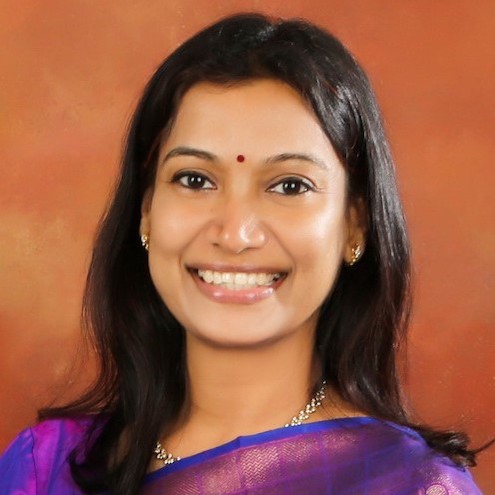
Ranjani Rao is a scientist by training, writer by avocation, originally from Mumbai, and former resident of USA. She lives in Singapore with her family and is presently working on a memoir. She is co-founder of Story Artisan Press and her books are available on Amazon.
You can read her articles here.

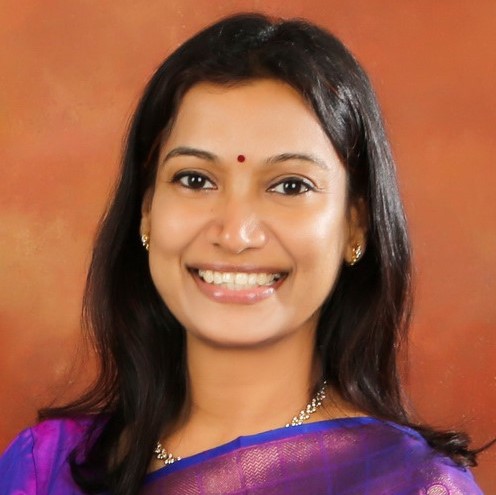


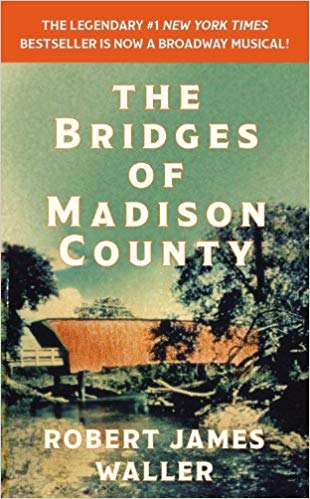

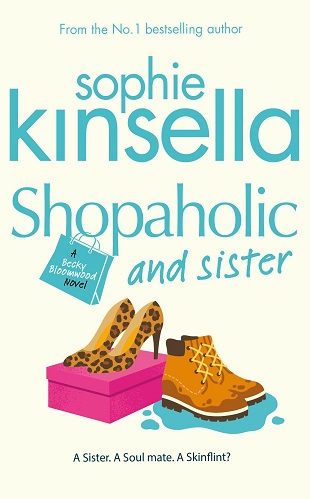
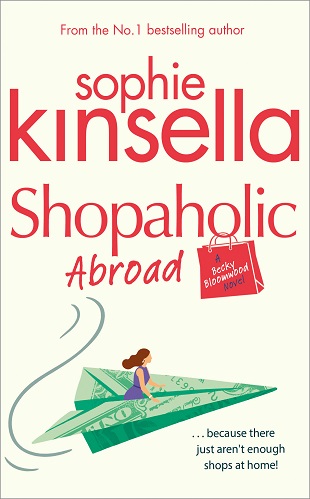
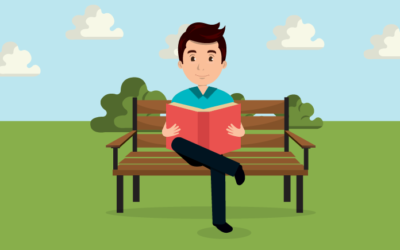
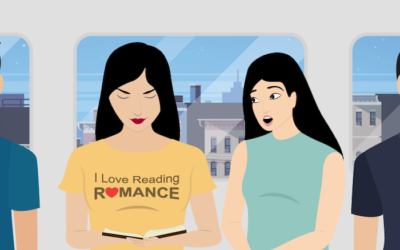

I remember how i loved Wuthering Heights and the Heathcliff-Cathy romance when i read it for the first time as a part if my syllabi in college. Revisiting it last year, i could only roll my eyes at my younger self, because i realised i was no longer awed by the all consuming and destructive love that the protagonists of the novel have.
Hi Sneha,
Thank you for sharing your experience about your taste changing with age. I think the tendency to change our minds that happens over time covers all kinds of tastes, not just in books but in life as well. Do you agree?
I enjoyed this exploration of how our reading tastes in a genre develop as our lives grow more complex, and our minds less satisfied with cookie-cutter characters and by-the-numbers plots. The life-factors that decide what we seek in books — to escape life or to understand it, to seek simplciity or to grapple with complexity — is a theme I’d love to see you write more on.
I was struck by your objection to the “tall, dak, handsome” ideal. It’s only now that I fully realise that this male ideal in romance novels comes, as you indicate, from the need to maximise the contrast between the man and the woman in these stereotyped duos. The man would also generally be big, strong, self-assured; the woman small, meek, and an ingenue. On that note, have you read Naomi Wolf’s *The Beauty Myth*? It’s polemical and insistent, but eye-opening. Made me reconsider my relationship with beauty, and with femininity, ground-up.
The only book I’ve read of the ones you mentioned is one Danielle Steele book, and *Gone with the Wind.* GWTW is an ingenious inversion of romance, isn’t it? The characters don’t even know who they’re in love with / whom they love, until it’s too late. Scarlett’s true love affair proves to be with Tara. It’s through Tara that Scarlett grows from a spoiled, vain, selfish girl into an admirable, though still flawed, woman.